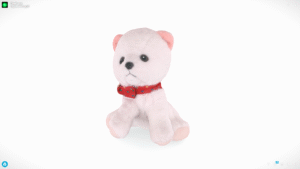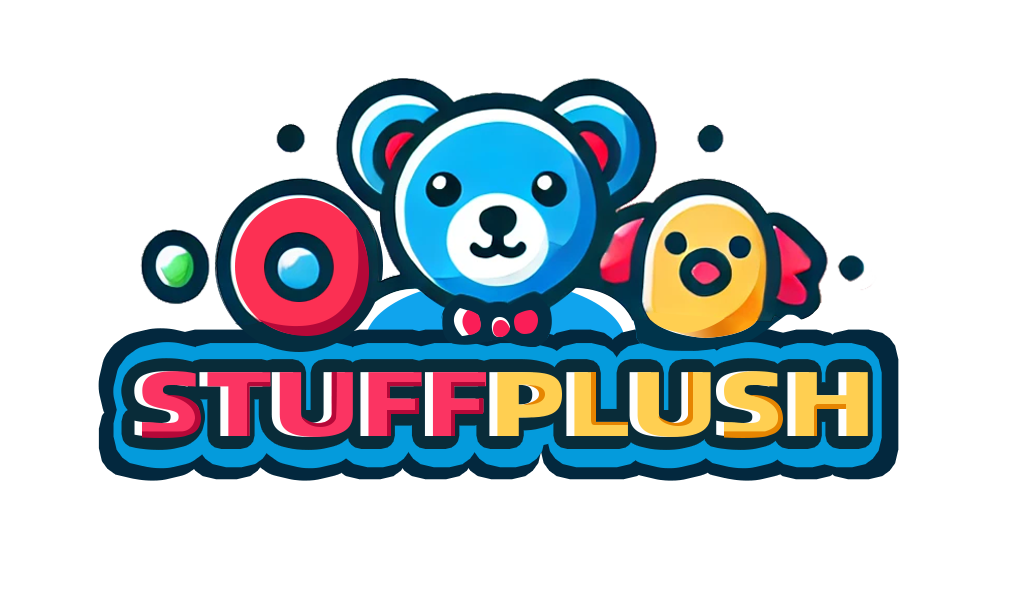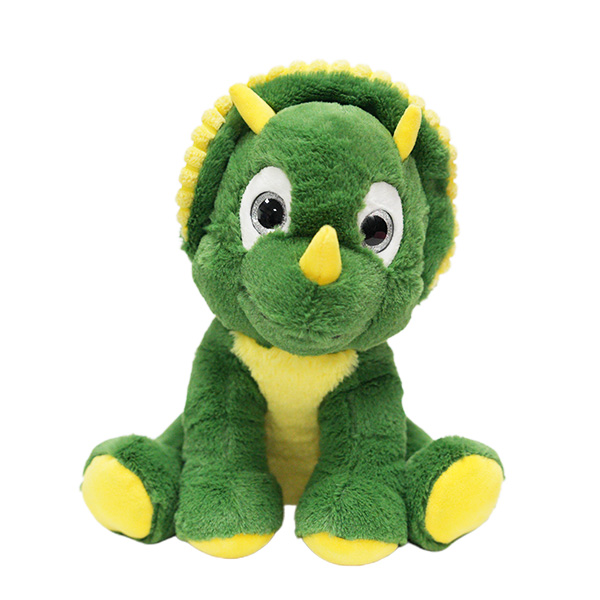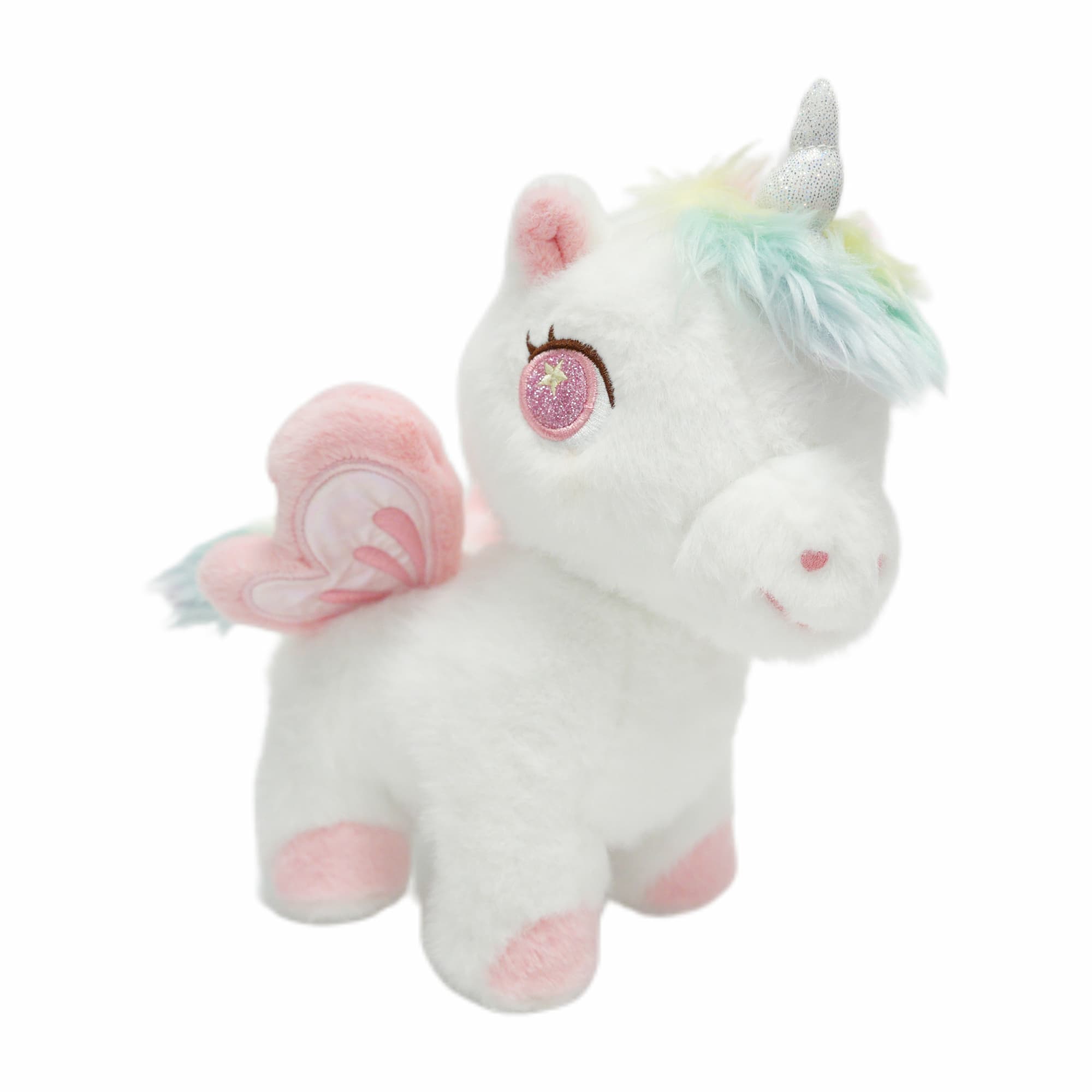Let’s be straight: shopping for toys online can be hit or miss. You scroll, you like a photo, you click buy — then the package arrives and the plush looks different in hand. Texture, size, posture, tiny embroidered details… photos can lie by omission. So how do you replace that guesswork with confidence?
We added a 3D product viewer to our site so customers can inspect toys exactly as if they were holding them — but without leaving their couch. Want to rotate a plush 360 degrees? Zoom into the fur? Check the stitching on the paw? You can. It’s like putting a little showroom in your browser.
If you haven’t tried an interactive 3D model on a product page yet, you might be surprised how quickly it changes the buying experience. Here’s why this matters — and why it will soon be a must-have feature for any toy brand that wants to sell online with fewer returns and more delighted customers.
What 3D Modeling Actually Adds (beyond pretty pictures)
Photos are snapshots. Great photos do a lot, sure — but they’re still two-dimensional. A 3D model is a tiny, navigable, tangible replica. Think of it like this: photos are postcards; 3D models are the pop-up diorama.
True-to-life scale and detail

With 3D, shoppers can see proportions properly. Is that “large” plush actually lap-sized or throne-sized? You can check scale by placing the model against a virtual reference (a ruler, a hand, or a chair). Details like the fluff direction, seam lines, embroidered logos, and button placements become visible at any zoom level.
Interactive viewing — you control the story
Rotate it. Tilt it. Zoom in on the face. Want to see the back, the tags, or the zipper? No problem. The viewer gives control to the buyer — and control builds trust. When people feel like they’ve examined the product, they’re more likely to hit buy.
Reduces returns, increases confidence
Why do returns happen? Often because expectations didn’t match reality. With accurate 3D visualization, customers make more informed choices. That translates into fewer returns, fewer headaches for your fulfillment team, and a better brand reputation.
It tells the product’s story better
A plush toy isn’t just a silhouette; it’s a combination of materials, finishing, posture and optional accessories. 3D shows how a scarf drapes, where a patch sits, or whether a toy has a hidden sound module pocket — all the small things that photos sometimes hide.
DogPuppy by yutianliang80 on Sketchfab
Benefits — From the Couch to the Warehouse
This isn’t just about pretty tech; it’s about measurable value.
For buyers: clarity and delight
Shoppers stay longer on pages that have interactive content (because you’re giving them something useful to do). That extra time builds connection. Customers leave the product page feeling like they actually handled the toy — without any shipping.
For sellers: higher conversion, fewer hassles
Better presentation equals higher conversion. Studies of interactive product tools repeatedly show better conversion rates and lower return percentages. Imagine selling 10% more toys while cutting returns by 20% — that’s real profit impact.
For marketing: dynamic, shareable content
A 3D model can be clipped into short demos, used in social posts, or embedded in email campaigns. It’s fresh, engaging content that gets reshared by collectors, parents, and influencers.
How to Use the 3D Viewer — A Quick Walkthrough
We wanted it to be obvious and enjoyable, not a tech demo. Here’s how shoppers typically use it:
-
Find the viewer on the product page — it sits where the main product image used to be (or next to it), clearly labeled and ready to interact.
-
Rotate & zoom — click and drag to spin the toy; use pinch/scroll to zoom in on the face, paws, or zipper.
-
View at scale — toggle a scale overlay to compare the plush to everyday objects (a chair, a child silhouette, or a coffee mug).
-
Inspect details — switch to high-detail mode to see fabric weave, embroidery, or accessory attachments.
-
Try variants — if color or accessory options are available, switch them live to preview different combinations.
We even include little prompts — “Check the seam here” — to help shoppers look at what matters most for plush quality.
Want to try it right now? Take the White Sitting Dog product as a test drive on our site: https://www.stuffplush.com/products/white-dog-plush-sitting-dog-with-red-bow/ — you’ll be able to rotate and zoom the model in full detail.
Who Benefits Most? Use Cases That Win
This tool helps everyone — but it’s especially powerful in a few key scenarios.
Parents and gift shoppers
When you’re buying a gift for a child, you want the toy to be exactly right. The 3D viewer takes the gamble out. Check posture, verify softness impressions visually, and confirm scale — especially when shipping internationally and returns are costly.
Collectors and enthusiasts
Collectors care about authenticity, details, and variations. A 3D model that shows minor embroidery differences or limited-edition accessories is a must-have for this audience.
B2B buyers & wholesale customers
Retail buyers and merchandisers need to evaluate products quickly and accurately. They can inspect seams, joint construction, and accessory fit before placing bulk orders — saving time and reducing sample cycles.
Marketing and events teams
Need visuals for virtual booths? Want a product spin for a social ad? The same 3D model powers awesome marketing assets — animated spins, AR previews, and interactive catalogs.
A Peek Behind the Curtain — How We Build Realistic 3D Models
You might be wondering: how do we make these things look so real without killing load times?
High-quality modeling and PBR textures
We use photogrammetry and hand-modeled geometry with PBR (physically based rendering) textures that mimic how light interacts with fibers and fabric. That means the fur looks like fur, not a flat texture.
Optimization for web & mobile
Models are decimated and compressed intelligently. We deliver multiple LODs (levels of detail): a lightweight preview for mobile and progressive higher-res details for close inspection.
Fast delivery with progressive loading
The viewer shows a quick preview immediately, then streams higher detail as it loads. That gives an immediate sense of the toy while the fine textures arrive in the background.
Accessibility & performance best practices
We’ve added keyboard navigation and ensured the viewer degrades gracefully on older devices. If a device can’t handle the full model, it falls back to a high-quality photo set.
Practical Tips For Merchants
If you’re running a toy brand, here are quick tips to get the most from your 3D product viewer:
-
Start with best-sellers: model top SKUs first — they’ll give the biggest lift.
-
Highlight what matters: guide users to look at seams, zippers, or the stuffing pocket.
-
Use 3D for variants: show colorways and accessories via switchable textures.
-
Pair with honest copy: add tactile notes like “plush density: medium-soft” to set expectations.
-
Measure & iterate: track time-on-page, conversion, and return rates to refine which products need upgraded 3D assets.
Conclusion — Try It, Spin It, Buy with Confidence
3D product visualization isn’t a gimmick. It’s the next step in honest, effective e-commerce. By giving shoppers the power to examine toys as if they were in their hands, you build confidence, reduce returns, and create delightful buying moments.
If you want a quick demo, go see the realistic model for our white sitting dog right here: https://www.stuffplush.com/products/white-dog-plush-sitting-dog-with-red-bow/ — spin it, zoom in, and notice the tiny embroidered paw detail that photos often miss.
At the end of the day, people don’t just buy products — they buy certainty. And a realistic 3D model gives them exactly that: the look and feel of a product, minus the post-purchase guesswork. Welcome to the future of toy shopping — soft, huggable, and totally clickable.



